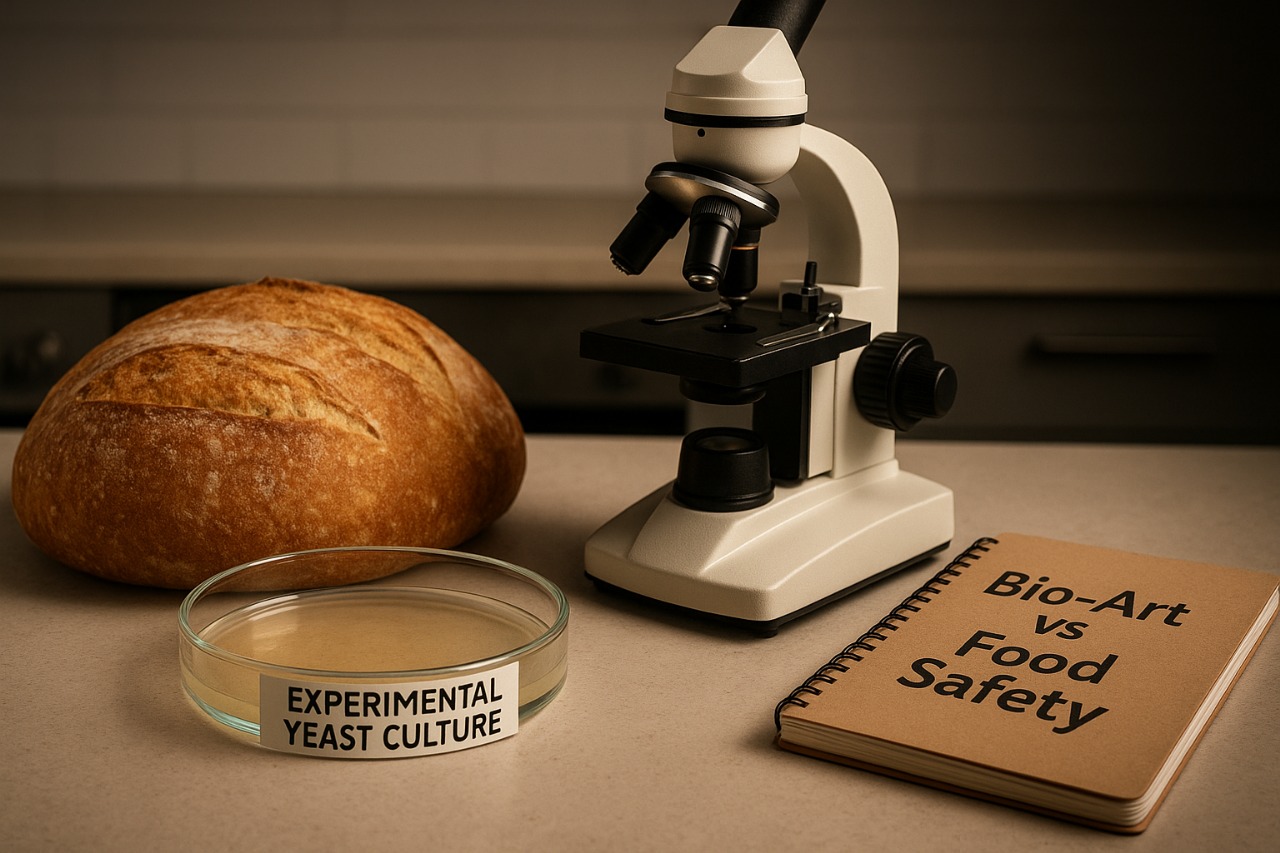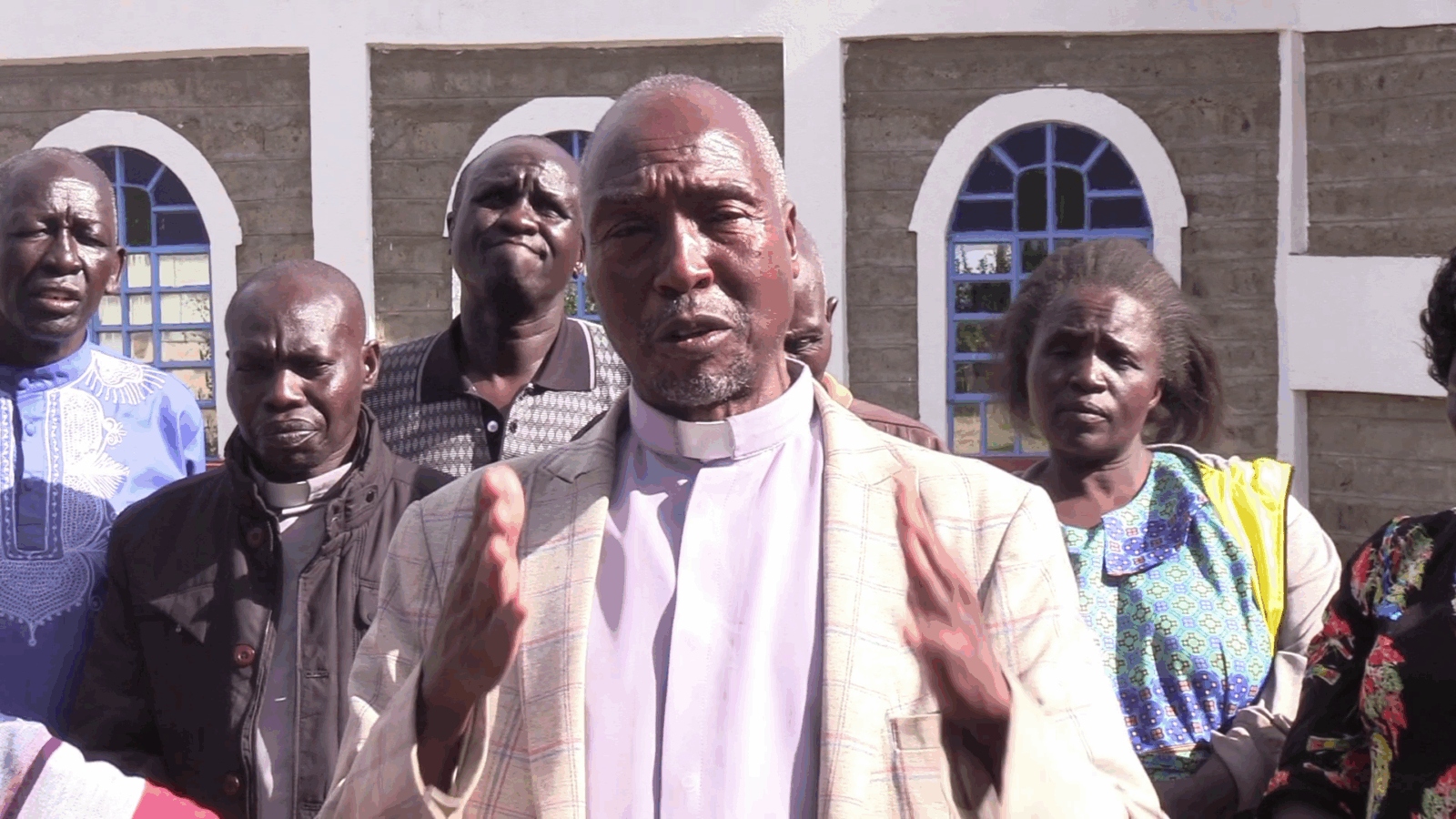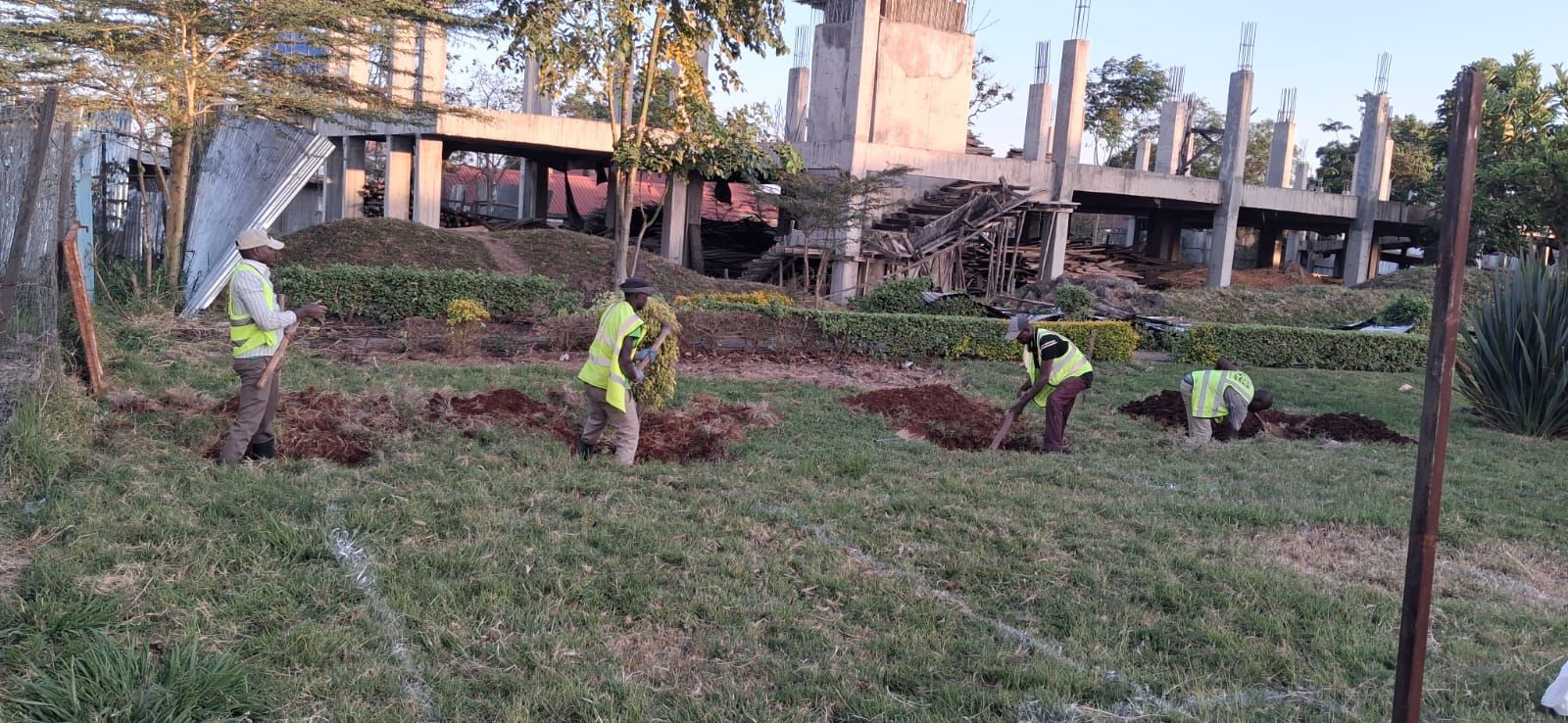Man shall not live by bread alone! But what if the bread is made using vaginal yeast? Yes, somewhere in the fully functional parallel universe of the mighty internet, someone asked, “Can I bake bread using yeast from my own body?”
Oddly, some artists and bio-curious scientists have actually tried it.
This global debate caught fire after a British blogger and feminist writer, Zoe Stavri, went viral for allegedly attempting to make sourdough using yeast from her own vagina.
The idea reportedly hit her after waking up with a yeast infection and joking, “Maybe I could make bread with that.” Then she actually got curious. For Stavri, this was partly a biological experiment and partly a feminist statement challenging what she called society’s disgust for the female body.
Her now-infamous defense? “Yeast is yeast.” And the internet did what the internet does best: panic, gag, meme, and argue. Some hailed her as a thought-provoking artist, others wanted the entire planet disinfected. Before you toss your sourdough starter in holy water, let’s break it down clearly and calmly.
First, no, your body is not secretly full of baker’s yeast waiting to rise into a fluffy loaf of self-love. The yeast used in bread is typically Saccharomyces cerevisiae, a safe, well-studied, widely approved fermentation buddy.
Human bodies, however, often harbor species like Candida albicans, which is more famous for causing infections. The itchy kind! So technically, humans host microbes, but not the bakery-friendly ones.
Studies show that sourdough starters form naturally from bacteria like Lactobacillus and wild yeast such as Saccharomyces found in flour and the environment, not from the human body. Fermentation creates acidity that favors safe microbes and blocks harmful ones.
Attempts to culture bread yeast from human skin, mouth, or vaginal samples often result in contamination with unsafe pathogens. In short, vaginal microbes and edible bread cultures should stay far apart.
Even Stavri herself admitted that the strain involved in infections, typically Candida albicans, isn’t ideal for bread-making and might not rise properly. To date, it’s unclear whether she ever dared to taste the final product.
The story evolved beyond a loaf and became a heated conversation about feminism, bodily autonomy, bio-art, and whether something being possible means it should be served with butter.
Food safety experts warn against using human-sourced microbes in food due to infection risks from pathogens like Staphylococcus and Candida, as noted by microbiologist Dr. Benjamin Wolfe from Tufts University.
Global food regulations strictly ban human biological materials in food production. Artistic experiments such as the Selfmade cheese project by Christina Agapakis and Sissel Tolaas were never meant for consumption, and attempts like researcher Cecilia Westbrook’s vaginal microbial sourdough raised serious concerns about contamination from harmful organisms. The expert consensus is clear: this remains artistic commentary, not safe food innovation.
According to Kenyan microbiologist Dr. Mbogo, consuming bread made from human-derived microbes could lead to gastrointestinal infections, allergic reactions, or transmission of opportunistic pathogens, especially in individuals with weakened immune systems. “A serious health hazard rather than a quirky experiment,” he emphasizes.
In Kenya, where fermentation is practically cultural heritage, from busaa to muratina, the idea of body-part bread would probably get you a very concerned spiritual intervention. Kenyan food culture respects the sacred fermentation processes passed down through generations, and nobody’s grandmother is out here swabbing body parts for her mandazi.
Cyprian Nyauma, a professional chef and food content creator, joked in reference to this story, “We already have enough wild fermentation drama with chang’aa regulation & we don’t need pastries that come with a side of you know what!”
At the end of the day, this body-yeast bread trend belongs in art galleries, academic debates, and edgy TED Talks, not in your kitchen next to the peanut butter. So, if the long weekend left you itching, skip the fermentation.












